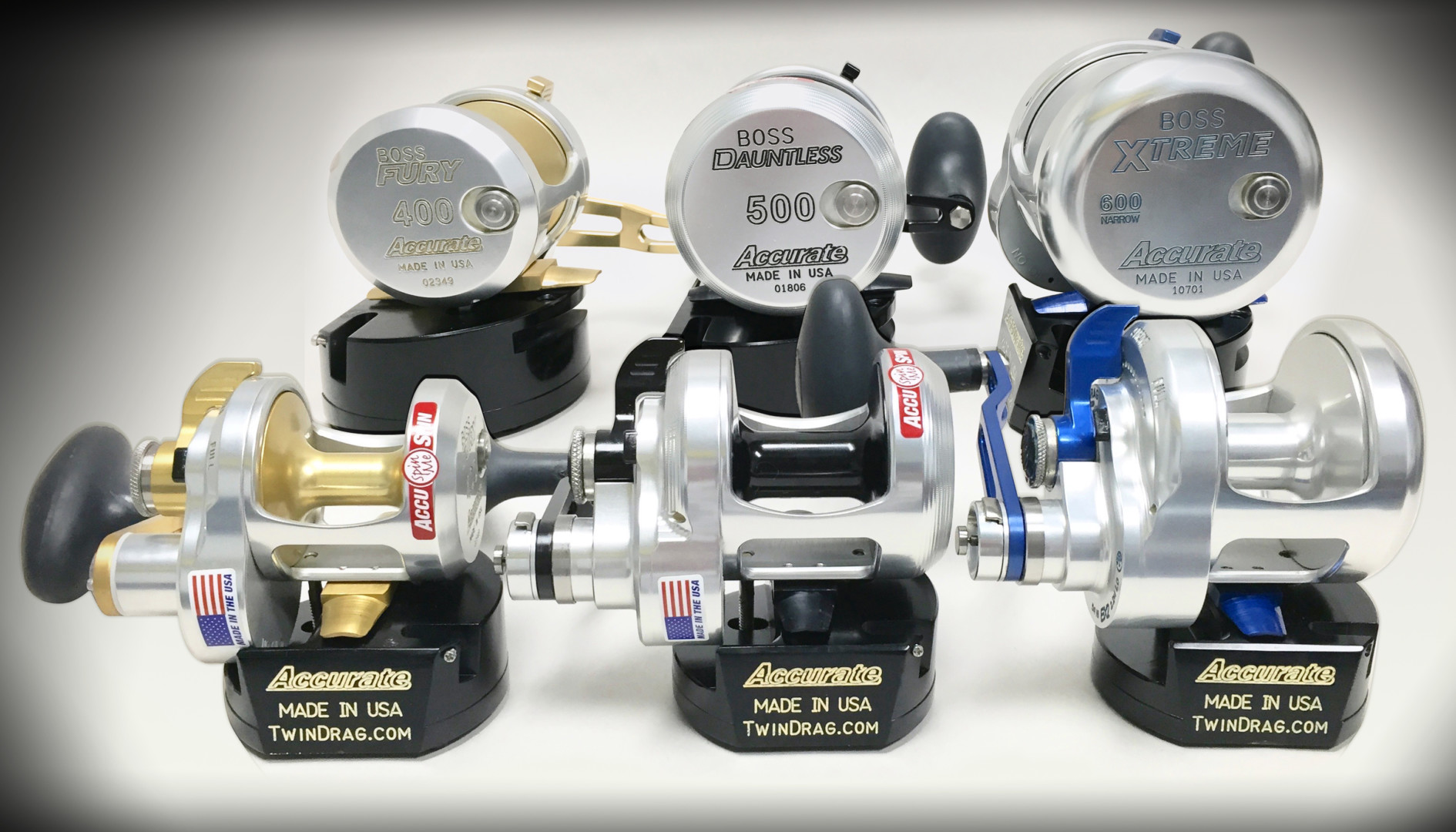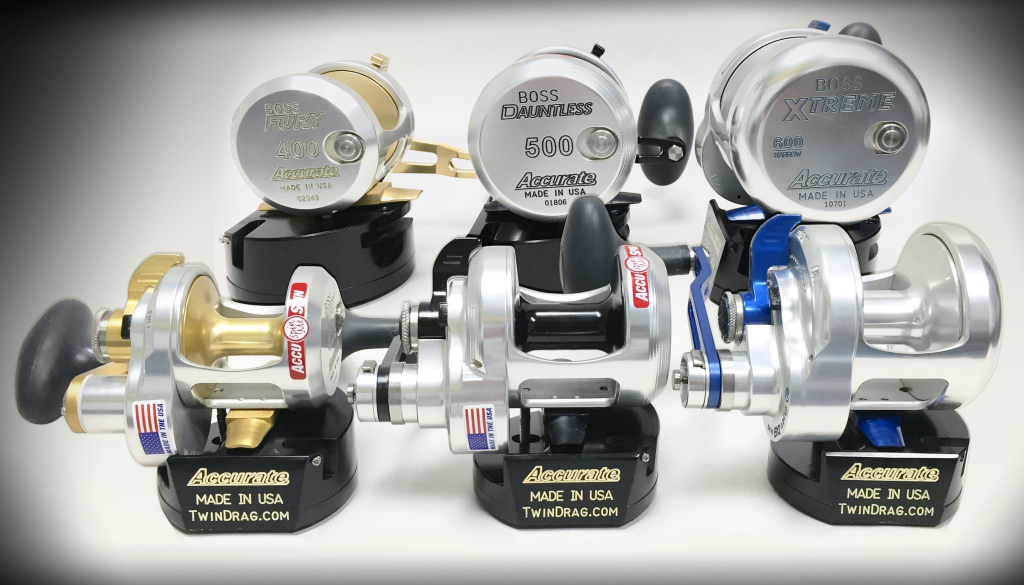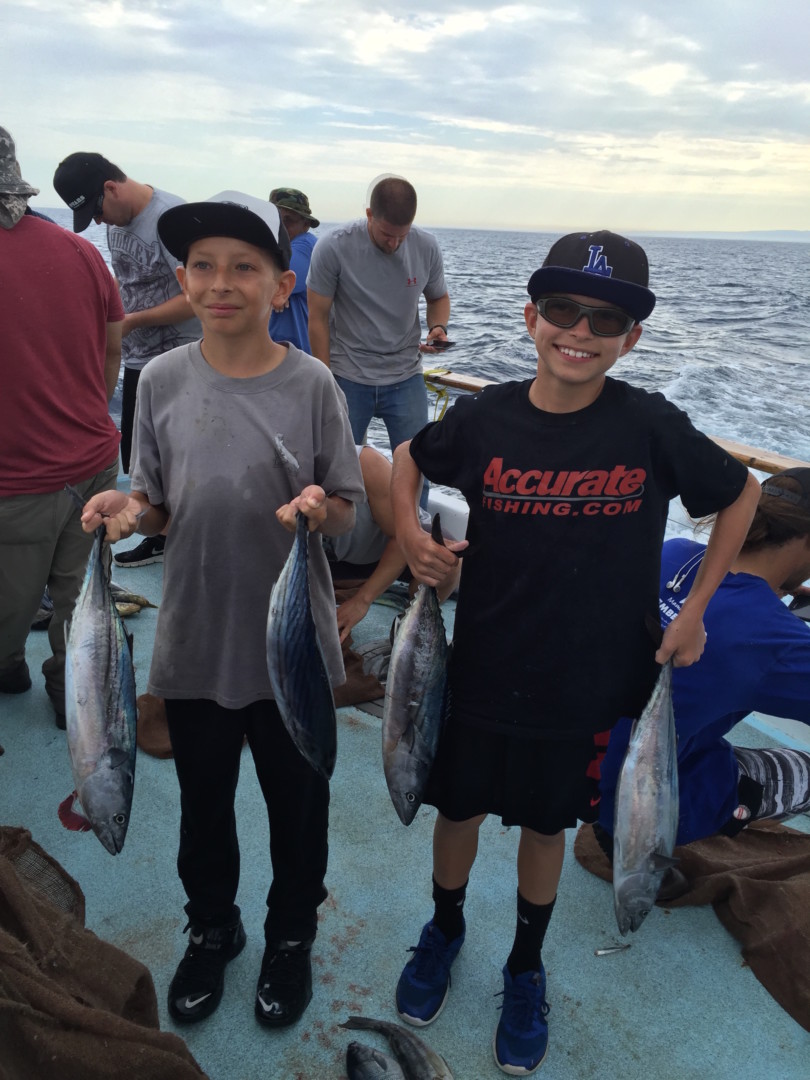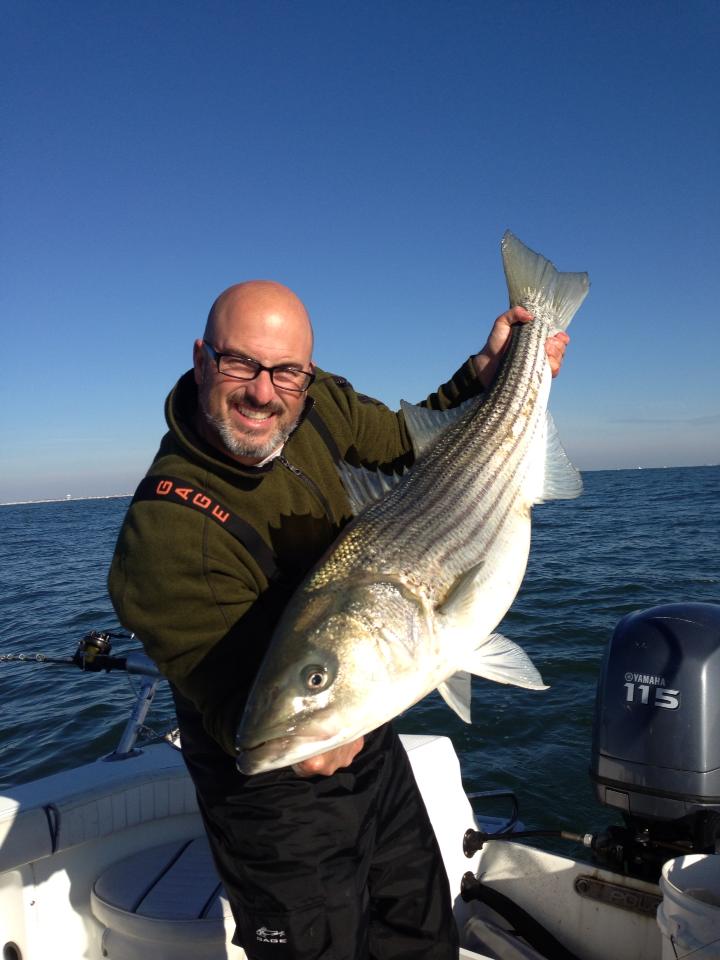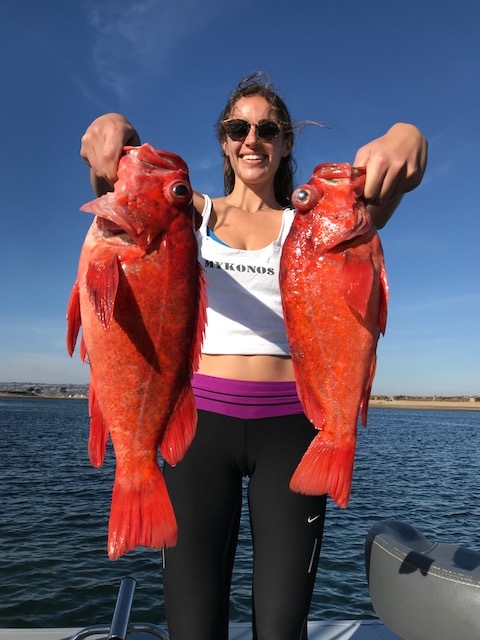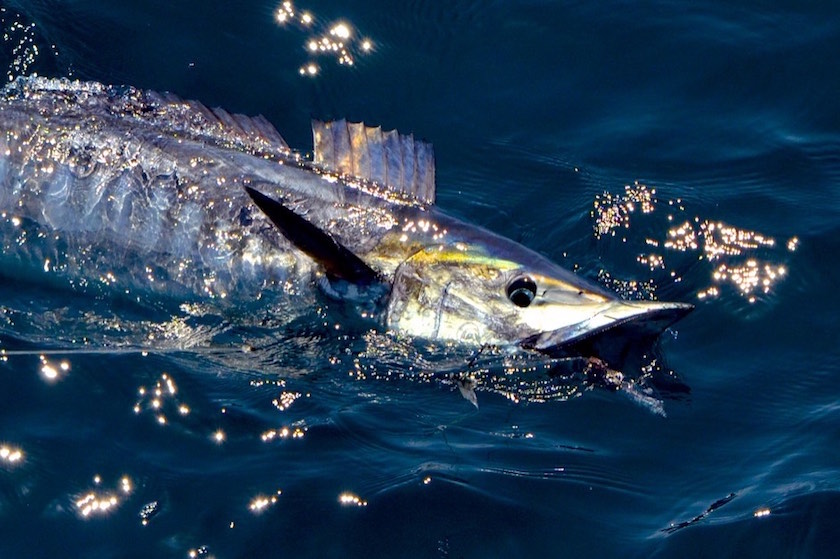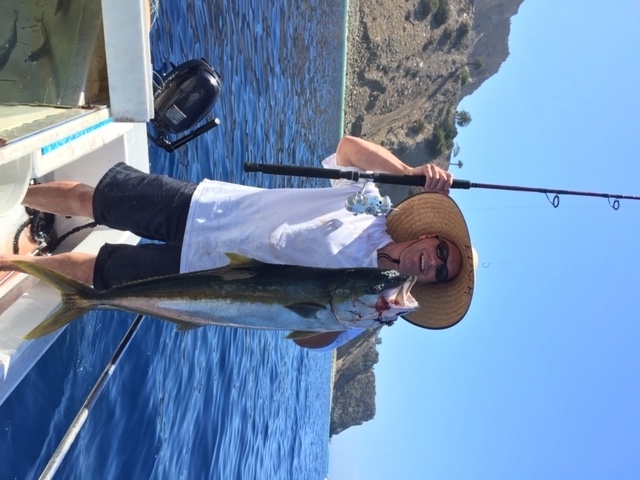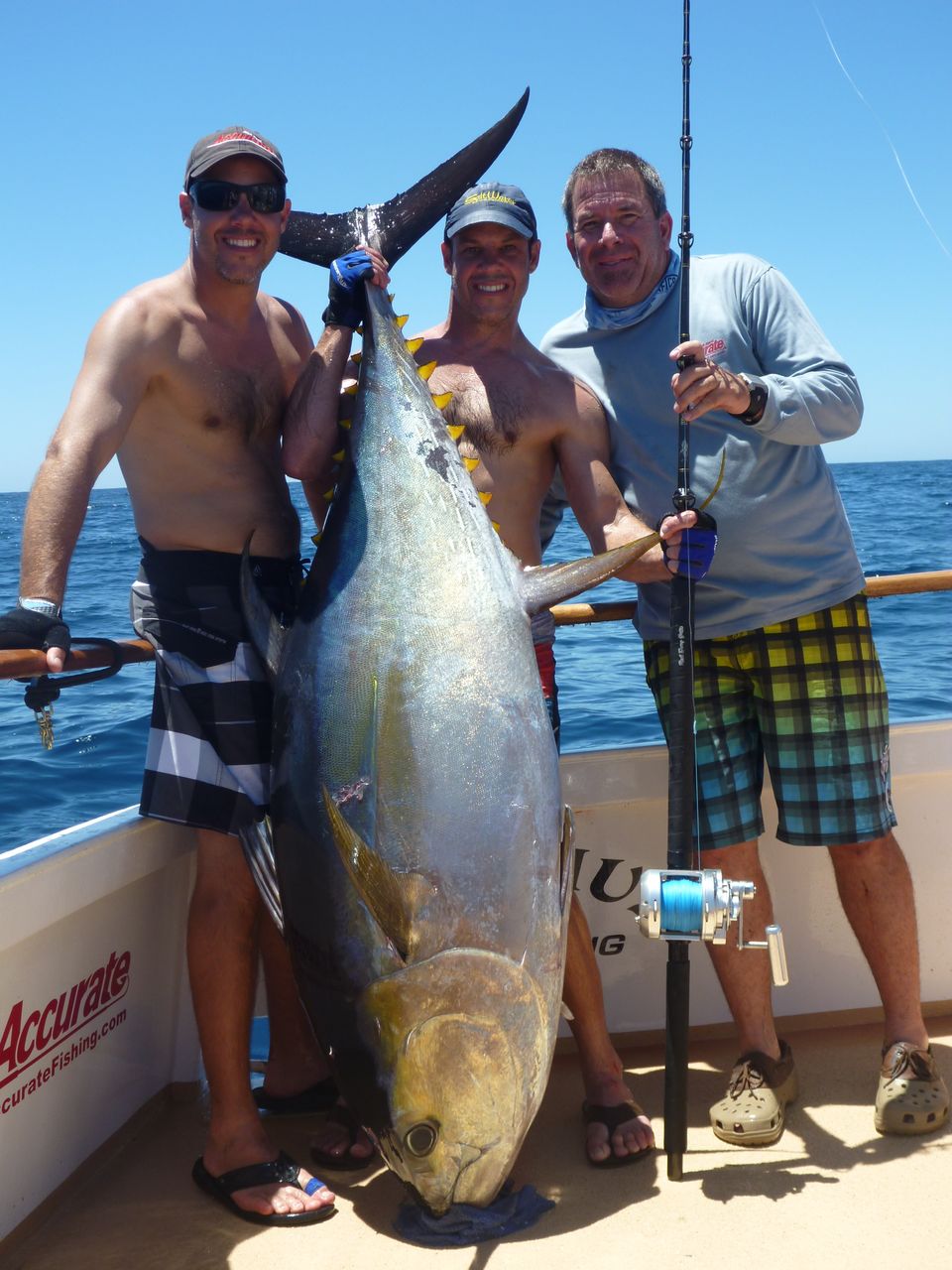How to Choose Your Next Reel
Working at Accurate we get daily calls from consumers on “Which reel will work best for me in my area”. Here are a couple suggestions to help you in researching your next reel purchase. By answering the following questions listed below you should have a clearer idea of what reel will be better suit your fishing needs.
What area do you live in and what are your targeted species? This is the first question we ask consumers. The diversity of fishing on the west coast versus the east coast is miles apart. Knowing where and what you are going to fish for is going to make the size and type of the reel a lot easier to choose. Your targeted species and depth of water will be critical on the size of the reel you choose. Here’s an example of the difference. Bottom fishing on the east coast is predominantly done in shallower waters of 50 to 200 feet but the targeted species can be 5 to 100+ pounds. On the west coast it will be 200+ feet of water and the species of rockfish and lings will be up to 50 lbs biggest. This brings us to the question of drag versus line capacity. If we are fishing deeper water for smaller fish I can get away with a smaller reel with lighter line. On the west we fish smaller reels like a 400 size reel with 40 or 50 lb braid which will hold between 300 to 400 yards of line. Our bottom fish do not pull as hard and their habitat is less snaggy so the amount of drag necessary to land them is not as important generally speaking. On the other hand, bottom fishing on the east coast is generally in shallower water reef areas but the size of the targeted species are larger. For these fish you will need more drag for stopping power. If they get a few feet at the initial hookup they will take you into the reef. Generally when we fish back east for bottom fish we use a 600 or 600N size reel with at least 65 lb braid and up to 80 or 100 lb depending on the area fished and type of grouper. Shallow water targeting bigger fish requires less line capacity and more drag. This is pretty much rule of thumb.
Are you Trolling or Live baiting? Mono Versus Braid? The size of targeted species and the technique you will be fishing will also dictate what reel you are going to use. Trolling reels tend to be larger because of necessary line capacity and if you are using monofilament for larger gamefish it will require a bigger reel(Diameter of Mono versus Braid dictates larger spool). Many of today’s anglers fill their trolling reels with braid and use a 100 yard topshot of mono that can be changed out. This lets them fish a smaller reel with confidence knowing they have the line capacity to handle a long first run. With the heavier braid as the backing you can put more line on the reel due to the smaller diameter of braid and still fish the heavier mono on top. Good connections for braid to mono are important, you have to know your knots. The Tony Pena knot has been easy to tie and works well with big diameter Monofilament to braid. You can look the knot up on line.
With Accurate’s TwinDrag patent design guys are able to use smaller reels for big fish situations. These reels will get the necessary drag to fish heavier lines with the braid backing. Anglers targeting big billfish would use 130 size tackle and with the introduction of braid have started to fish straight 80’s. The abundance of bigger bluefin in west coast waters this year has seen anglers looking for ways to combat them with medium size reels. Out 600N size reel with 50 lb braid has given them the necessary line capacity while putting out 28 lbs of drag. There have been numerous fish over 150 lbs caught on the reels with the combination of the right rod. Our reels were originally designed for braid which with the drag design has let anglers fish lighter, more comfortable tackle than before. Certain parts of the country have adopted braid with good success but there are techniques where mono has historically been used due to its stretch factor(i.e. Sailfishing). Its all personal preference of the individuals fishing needs and target species, area, and technique.
Limited funds for building a fishing arsenal? One of the nice things with braid on reels is the ability to change your line class by simply changing your top shot. By using 6 to 10 feet of fluorocarbon and knowing your mono to braid connections, you can use the same reel for different fishing applications. The 400 size reel backed with 50lb braid works wonders coupled with 50 lb top shot for tuna to 100 lbs or by switching the top shot to 20 lb you can catch calicos in the kelp. Depending on what you are targeting on your coast you can get away with 3 reels for pretty much all the species available here. The 400 size reel can be a 40 to 50 lb braid reel and by changing top shots as discussed can be used for Calico bass, Barracuda, Bonito, White Seabass, Yellowtail, Dorado, School tuna to mid grade, bottom fishing. The 500 size reel with 50 or 65 lb braid can be used for White Seabass, Tuna, Dorado, Yellowtail, Marlin, bottom fishing, even catch a marlin. The 600N size reel would be the top of the line using 65 lb or 80 lb braid for whatever bigger animals you are looking to catch. Remember that you can get plenty of drag out of the smaller reels so the most important thing to take into consideration is how much line you need for your fishing needs. More line capacity needed than the deeper the spool or larger diameter spool and shallower spool or smaller diameter for less line. The drag will be consistent with the diameter of the spool. Larger diameter dictates more drag and the smaller diameter less drag. Why? Most reels have the drag washers attached to the side of the spool with the friction plate facing it. The larger the diameter the more drag surface which means higher drag setting.
We hope by answering these questions it will make your buying decision easier for your next reel. Information is key and if you have additional questions please let us know at: Service@accuratefishing.com
Team Accurate
 Custom Color Reels
Custom Color Reels
